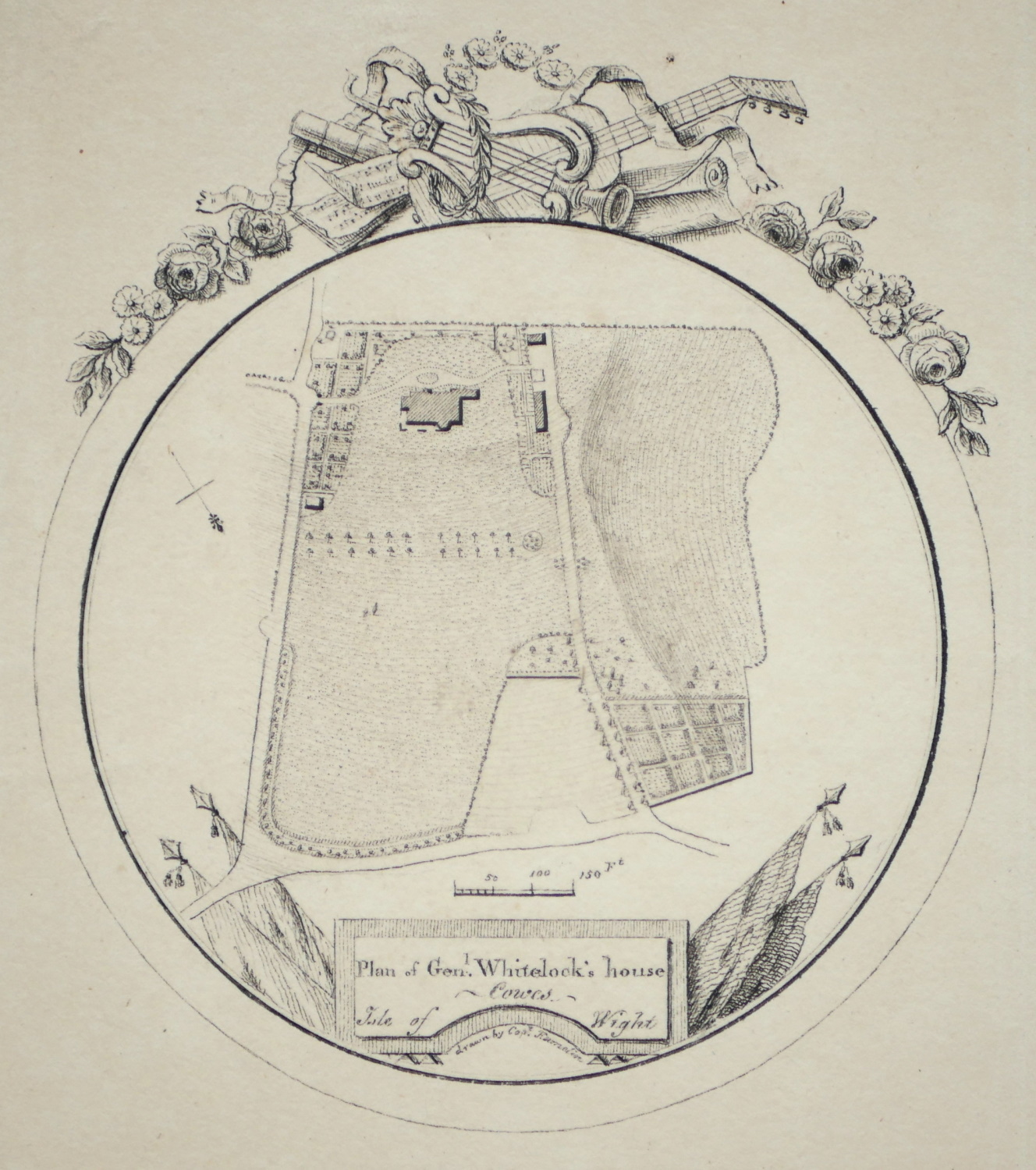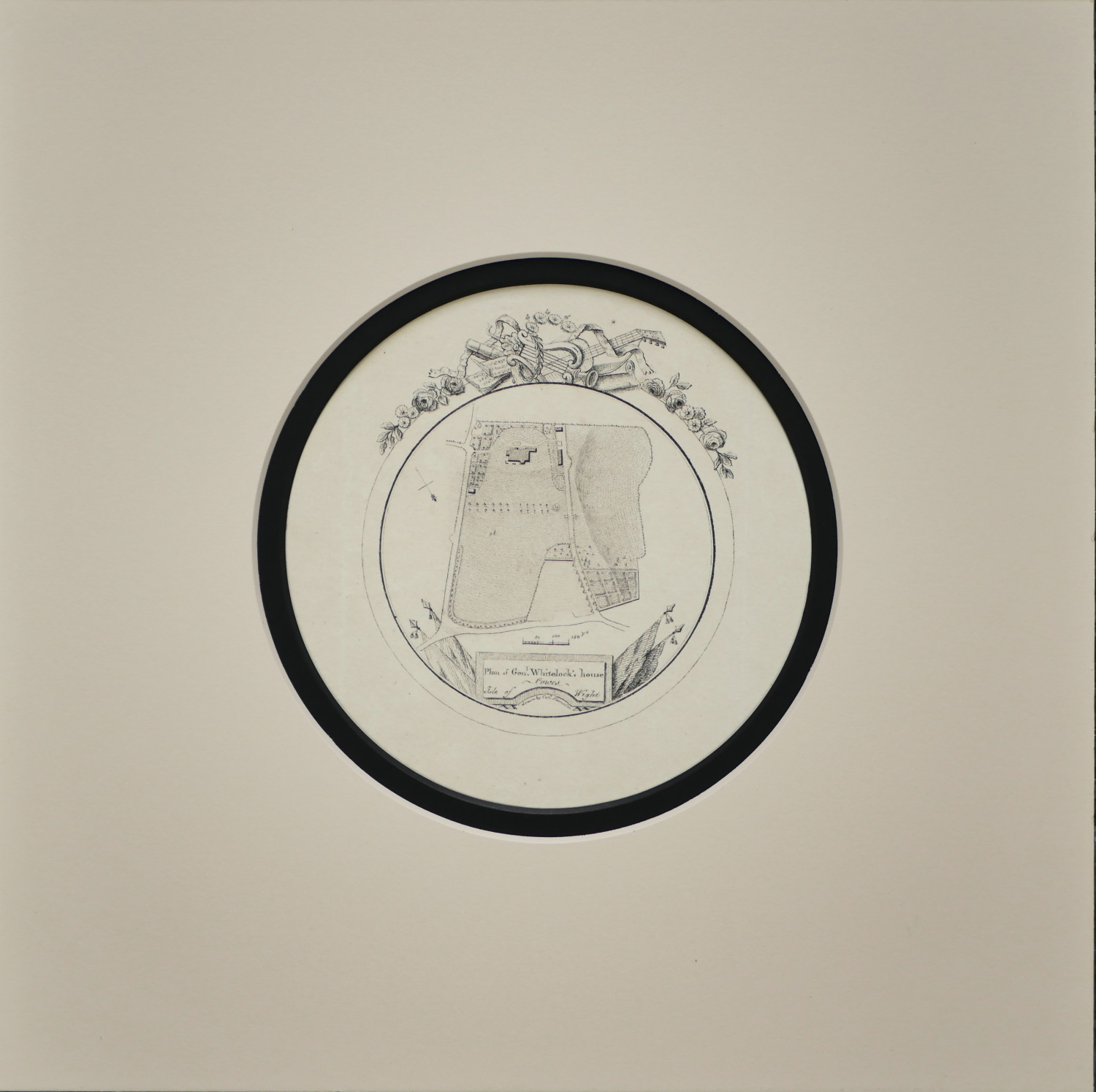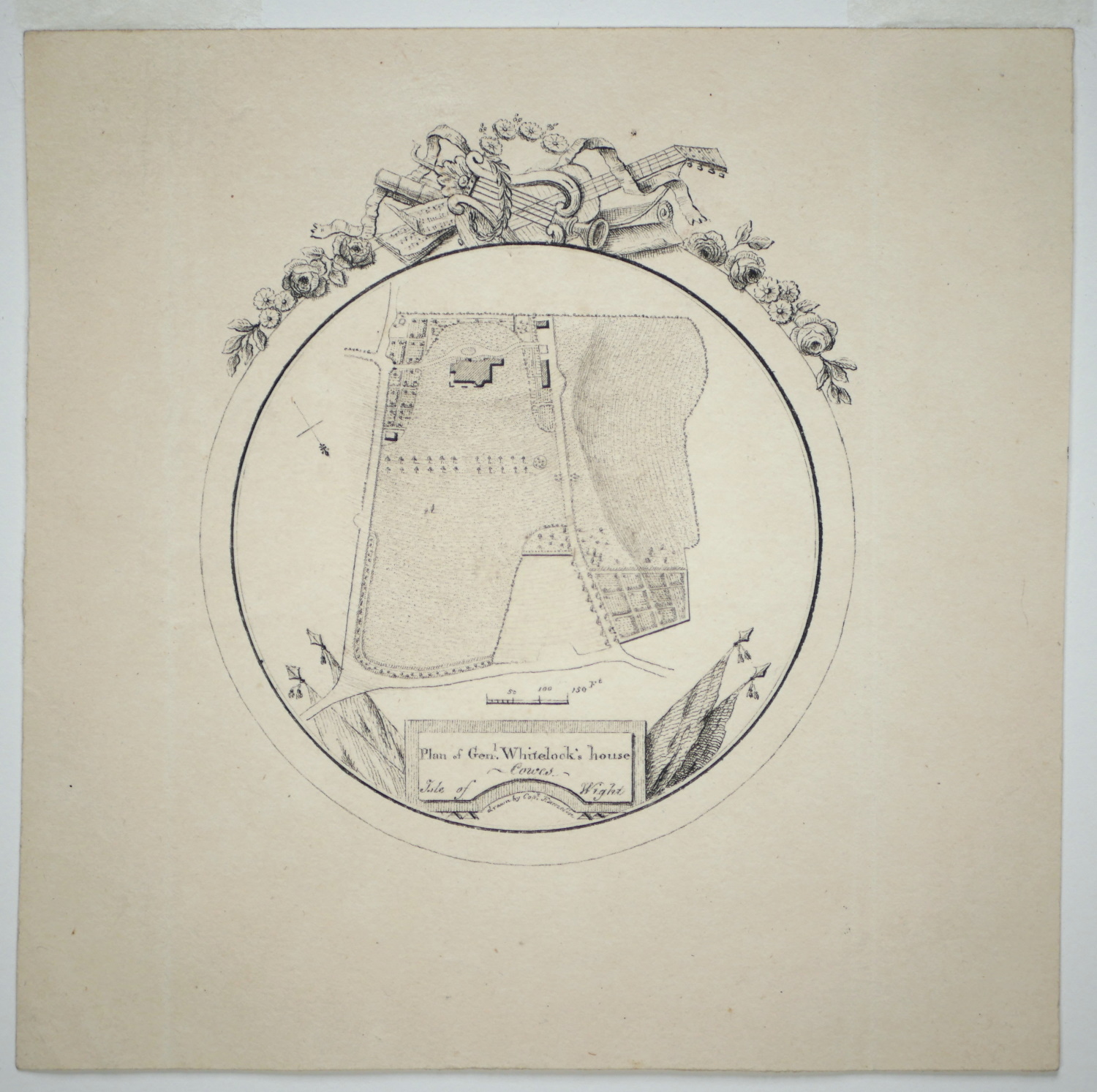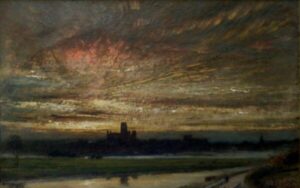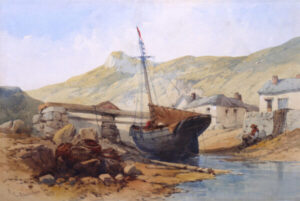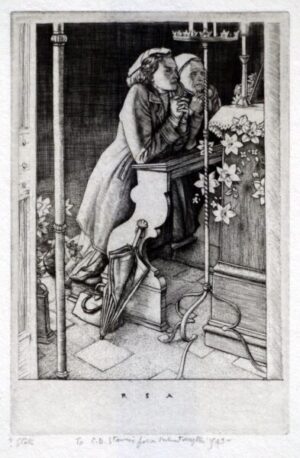Description
In 1806 Sir Gore Ouseley married Harriet Georgina Whitelocke (1787-1848) she was the daughter of General, John Whitelocke (1757-1833).
The motif design above the plan of the house would suggests Whitelocke had a strong interest in music. Gore and Harriet had two sons and three daughters. Frederick Arthur Gore Ouseley (1825-1889) was a musical prodigy who became a composer and influential educator.
General, John Whitelocke (1757-1833)
Educated at Marlborough Grammar School and at Lewis Lochée’s military academy in Chelsea, Whitelocke entered the army in 1778 and served in Jamaica and in San Domingo. He was appointed Lieutenant-Governor of Portsmouth and General Officer Commanding South-West District on 25 June 1799, commanding the garrison during the height of invasion scares in Britain. On 10 November 1804 he was made a lieutenant-general and inspector-general of recruiting, during a period of significant expan-sion of the British Army. In 1807 he was appointed to command an expedition to seize Buenos Aires from the Spanish Empire, which was in disarray due to events in Europe. The attack failed and the British sur-rendered after suffering heavy losses. Whitelocke undertook negotiations with the opposing gen-eral, Santiago de Liniers, and having decided that the British position was untenable, signed the surrender and ordered the British forces to abandon Montevideo and return home later that year.
This proceeding was regarded with great disfavour by many under his command and the British Army and public, and its author was brought before a court-martial convened at The Royal Hospital in London in 1808. On all the charges, except one, he was found guilty, and he was dismissed from the service. He lived in retirement until his death at Hall Barn Park, Beaconsfield, Buckinghamshire on 23 October 1833.
